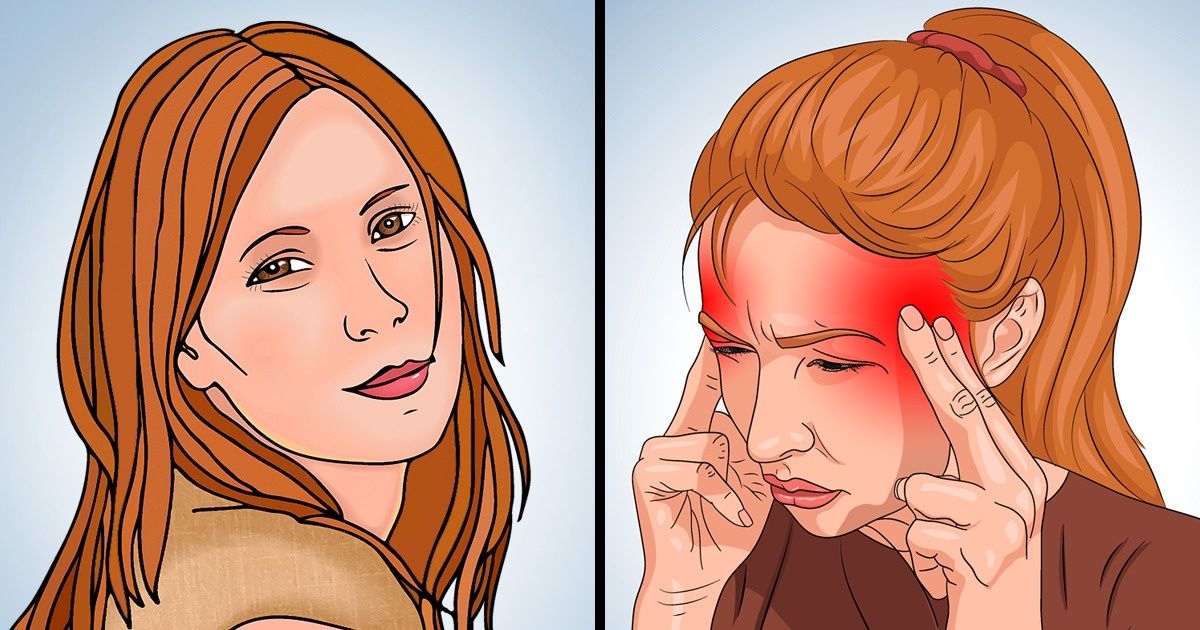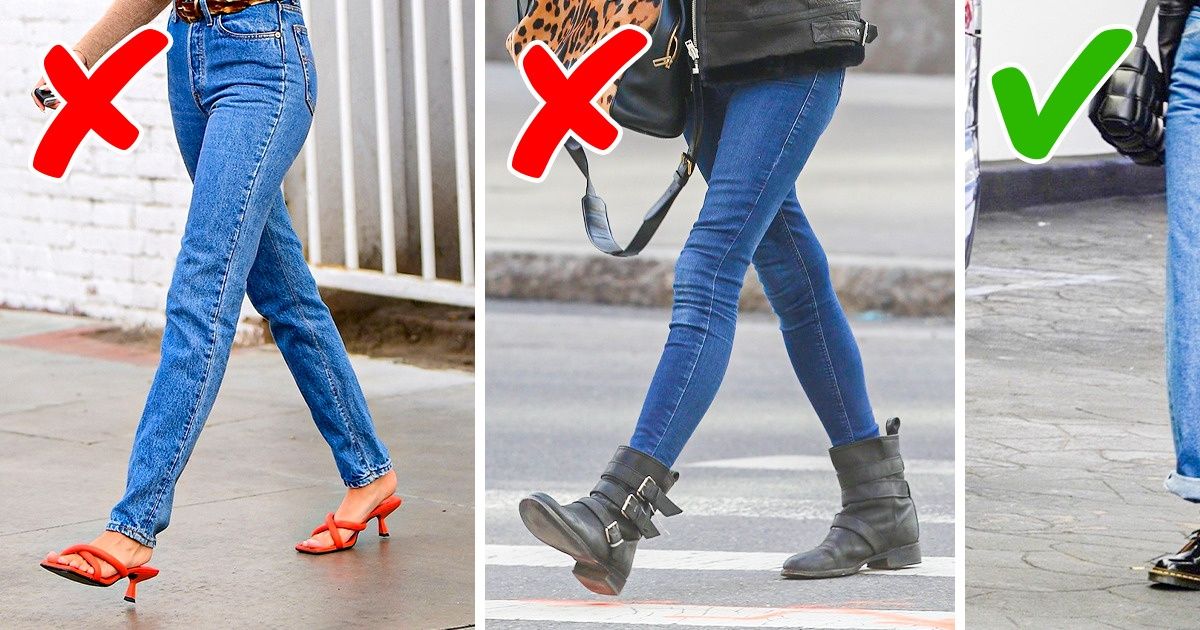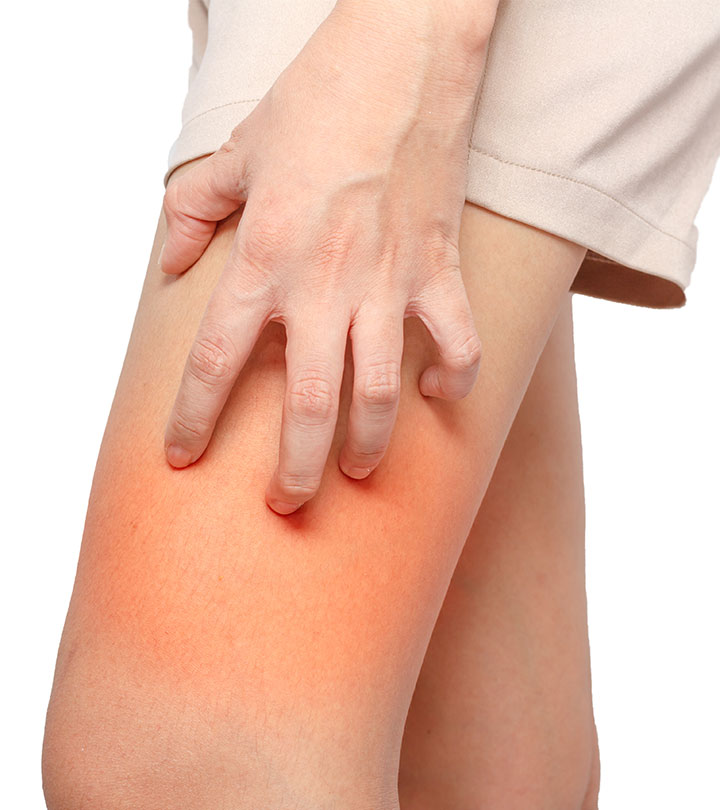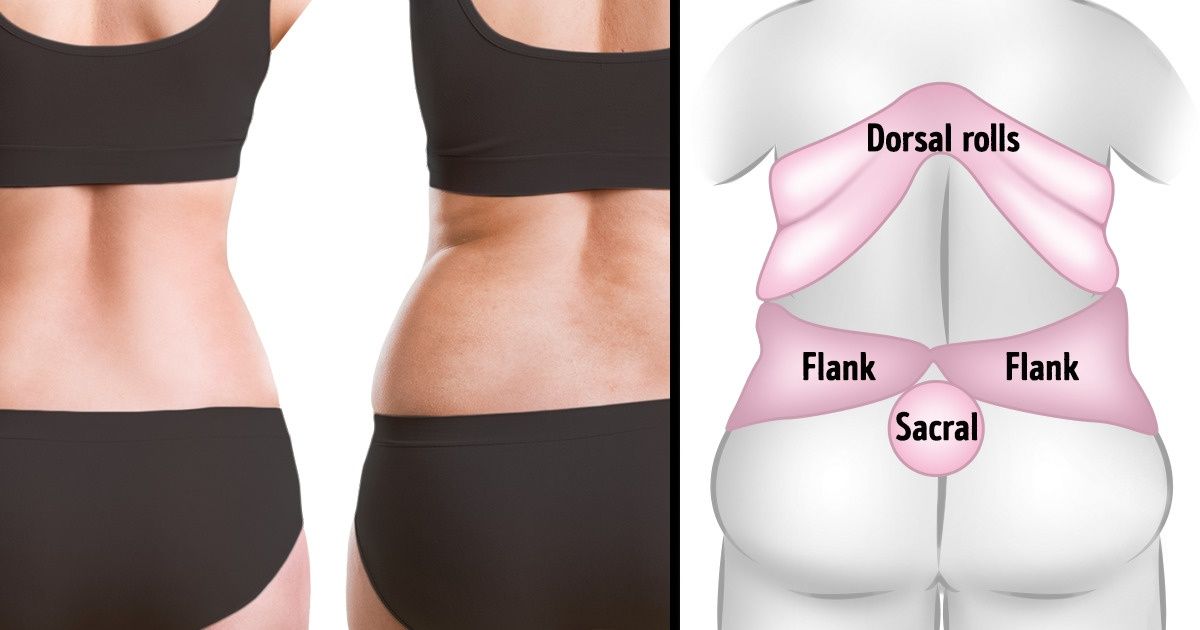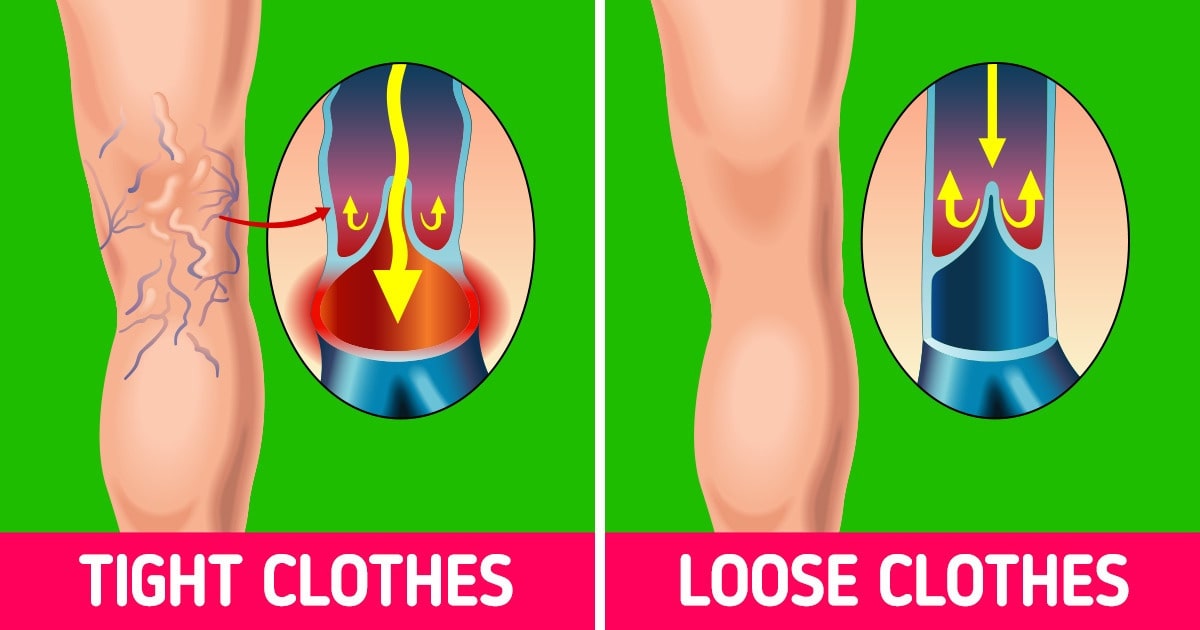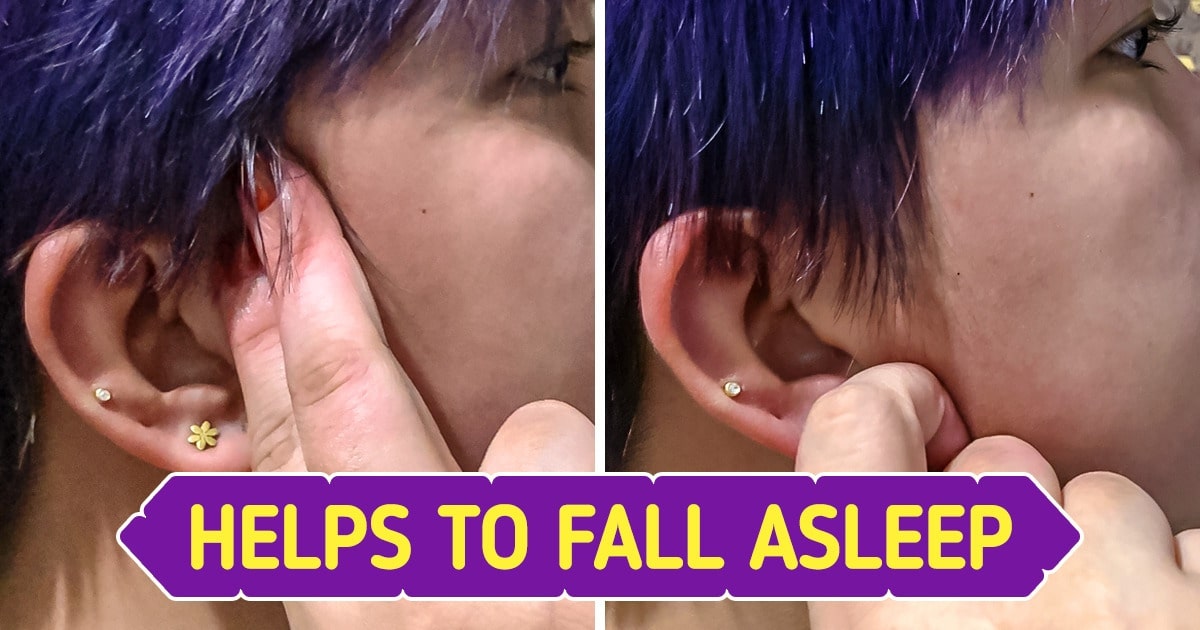Your bed is your personal sanctuary—a place of rest, relaxation, and comfort. However, this haven can quickly turn into a breeding ground for bacteria and other harmful substances if you allow outside clothes to come in contact with it. In today’s health-conscious world, maintaining proper hygiene in your sleeping area is more crucial than ever.
In this comprehensive guide, we delve into the reasons behind this hygiene practice, backed by scientific insights and expert recommendations. We discuss how bacteria cling to your body, the risks of transferring these germs to your bed, and the potential for skin infections and infestations. Additionally, we provide practical tips to maintain a safe and clean sleeping environment. Let’s explore the potential health hazards and actionable solutions to protect your bed, your skin, and your overall well-being.
Bacteria Cling to the Body Like Glue: Understanding Germ Transfer
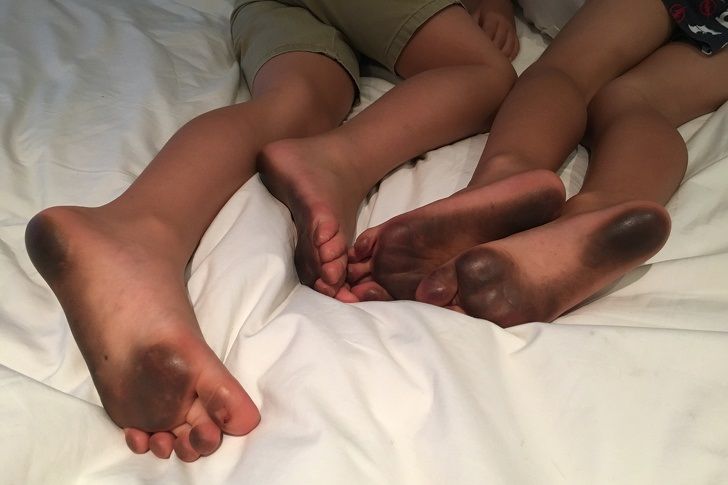
Our bodies are natural carriers of bacteria, and these microorganisms have an impressive ability to cling to our skin and clothing. When we step outdoors, we inevitably pick up various pathogens from the environment. This is particularly concerning when these germs are transferred to surfaces where we spend a significant amount of time, such as our beds.
How Bacteria Attach and Transfer
Impact on Health:
Once on your bed, these bacteria can contribute to a range of health issues, from minor skin irritations to more serious infections. For additional scientific insights into bacterial adhesion, visit CDC’s information on bacterial infections.
Adhesion Mechanisms:
Bacteria have evolved specialized structures like pili and adhesins that enable them to attach firmly to surfaces, including human skin and fabric fibers. This adhesion allows them to survive and thrive even after brief contact.
Environmental Exposure:
Outside clothes are exposed to multiple environments—public transportation, offices, restaurants, and outdoor spaces—making them a repository for dirt, pollutants, and microbial life. When these clothes come into contact with your bed, the bacteria can transfer easily.
Wearing Your Outside Clothes on Your Bed Can Cause Infections, Rashes, Acne, and Even Bring in Fleas: The Risks Explained
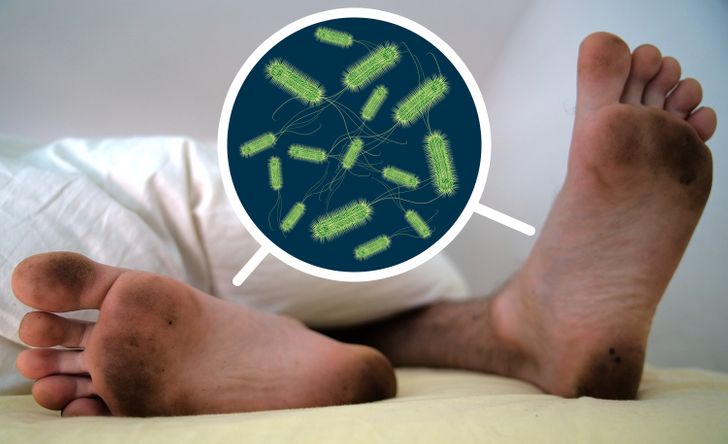
Allowing outside clothes to touch your bed is more than just a minor inconvenience; it can lead to significant health problems. The accumulation of bacteria, allergens, and even parasites on your bedding can create an environment ripe for various infections and skin conditions.
Infection Risks and Skin Irritations
Skin Infections and Rashes:
When bacteria and other pathogens accumulate on your bed, they can cause skin infections and rashes. Conditions such as folliculitis, impetigo, and even cellulitis can develop from prolonged exposure to contaminated surfaces.
Acne and Breakouts:
Acne occurs when pores become clogged with bacteria and oil. If your bedding is contaminated with bacteria from outside clothes, these germs can transfer to your face, leading to breakouts and worsening of existing acne conditions.
Flea and Parasite Infestations:
Surprisingly, the risk isn’t limited to bacterial infections. Outside clothes can also harbor pests like fleas, which can easily transfer to your bed. Flea bites not only cause discomfort but can also lead to allergic reactions and secondary infections.
Preventing the Spread of Germs
- Changing Habits:
One of the simplest ways to prevent these risks is to avoid sitting or lying on your bed in outside clothes. Changing into clean indoor attire before hitting the bed can drastically reduce the transfer of germs. - Regular Cleaning:
Frequent washing of your bedding with high-temperature cycles can help kill bacteria and reduce the buildup of pathogens over time.
For more detailed advice on preventing skin infections and maintaining clean bedding, check out WebMD’s skin care section.
Outside Clothes Have Been Everywhere: The Ubiquitous Nature of Environmental Germs

Your outside clothes have a long history of exposure to various environments, making them carriers of a multitude of germs and contaminants. From public spaces to natural elements, the diversity of bacteria and pollutants on your clothing can be astonishing.
Environmental Contaminants on Clothing
Urban Pollutants:
In urban environments, clothes are exposed to air pollution, chemicals from traffic, and other industrial contaminants. These pollutants can settle on fabrics, adding to the overall microbial load.
Public Transportation and Workplaces:
Frequent trips on buses, trains, or crowded offices can result in your clothing picking up a wide range of bacteria, viruses, and even allergens. The more environments your clothes are exposed to, the greater the risk of contamination.
Natural Elements:
Even in rural or suburban areas, outside clothes come into contact with pollen, dust, and various microorganisms that exist in the natural world. This constant exposure contributes to the high microbial diversity present on your clothing.
The Safety of Your Bed as a Zone of Comfort
- Sanctuary for Rest:
Your bed should be a sanctuary—a place where you can relax, sleep, and rejuvenate without the intrusion of harmful contaminants. Keeping outside clothes away from your bed ensures that this space remains a zone of comfort and safety. - Health Implications:
The transfer of environmental germs to your bed can have cumulative effects on your health. Over time, exposure to these contaminants can weaken your immune system and contribute to chronic skin conditions.
For additional research on environmental pollutants and their effects on health, explore Environmental Protection Agency (EPA) resources.
Practical Tips to Keep Your Bed Clean and Hygienic

Now that we understand the risks associated with allowing outside clothes on your bed, here are some practical tips to maintain a clean and healthy sleeping environment:
1. Change Clothes Before Bed
- Establish a Routine:
Make it a habit to change into pajamas or indoor clothing before getting into bed. This simple step can significantly reduce the transfer of germs from your outside clothes.
2. Regularly Wash Your Bedding
- High-Temperature Washes:
Use hot water cycles and hypoallergenic detergents to wash your sheets, pillowcases, and blankets. This helps eliminate bacteria, allergens, and other contaminants effectively. - Frequent Cleaning:
Aim to wash your bedding at least once a week to maintain a hygienic sleeping environment.
3. Use Protective Covers
- Mattress and Pillow Protectors:
Invest in high-quality, waterproof mattress and pillow protectors. These not only safeguard your bedding from stains but also provide an extra barrier against bacteria and allergens.
4. Create a Designated Changing Area
- Entryway Habits:
Set up a designated area near your entryway where you can change out of your outdoor clothes. This reduces the likelihood of carrying contaminants directly into your bedroom.
5. Maintain a Clean Bedroom Environment
- Regular Dusting and Vacuuming:
Keep your bedroom free from dust and allergens by dusting surfaces and vacuuming regularly. A clean room supports overall health and enhances sleep quality.
For more in-depth advice on maintaining a clean home environment, check out The Spruce’s home cleaning tips.
The Health and Economic Benefits of Proper Bed Hygiene
Not only does keeping your bed free from outside clothes promote better health, but it can also have economic benefits in the long run. Reducing the risk of infections, skin conditions, and other health issues can lead to fewer doctor visits, lower medical expenses, and improved overall quality of life.
Economic Impact of Healthier Habits
Reduced Healthcare Costs:
By preventing infections and chronic skin conditions, you can save on medical bills, prescription medications, and dermatologist visits.
Increased Productivity:
Better sleep and fewer health issues translate to increased productivity in both personal and professional aspects of life.
Enhanced Quality of Life:
Maintaining a clean, hygienic sleeping environment supports overall well-being, contributing to better physical and mental health.
For more insights on the economic benefits of healthy living, visit Harvard Business Review’s health and wellness section.
Conclusion: Prioritizing Your Health by Keeping Outside Clothes Off Your Bed
Your bed is a sanctuary for rest and rejuvenation, and maintaining its cleanliness is essential for your overall health. Allowing outside clothes to come into contact with your bed can introduce bacteria, allergens, and even parasites, leading to a host of potential health issues, including migraines, infections, skin conditions, and flea infestations. By adopting simple yet effective habits—such as changing clothes before bed, regularly washing your bedding, and maintaining a clean sleeping environment—you can significantly reduce these risks and create a safe, comfortable space for restorative sleep.
Embrace the importance of bed hygiene as part of your overall self-care routine. Prioritizing your health means being mindful of even the smallest details, like the clothes you wear on your bed. With proper care and attention, you can ensure that your sleeping area remains a zone of comfort and safety, free from harmful contaminants.
For further reading and expert tips on maintaining a healthy home environment, explore reputable sources such as Mayo Clinic and WebMD. By taking proactive steps today, you can protect your health and enjoy a better quality of life—one night of restful sleep at a time.
Remember, small changes in your daily routine can lead to significant health benefits. Make the choice to keep your bed a hygienic, inviting sanctuary, and enjoy the peace of mind that comes with knowing you are taking care of your body and your well-being.
Preview photo credit shutterstock.com
